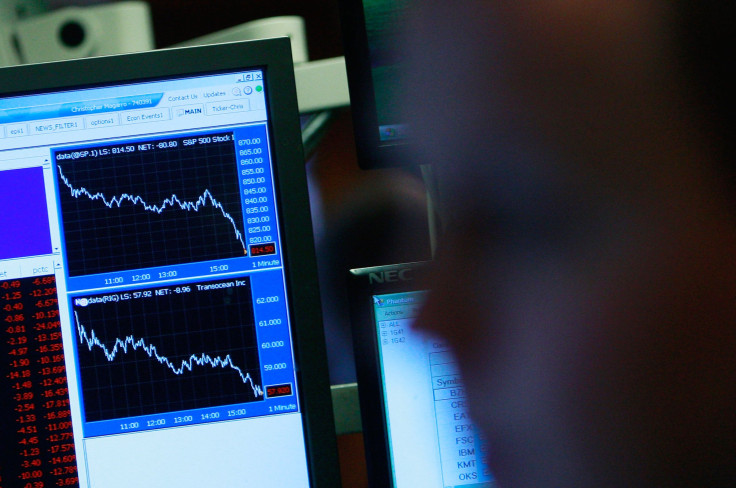The Only Thing You Need To Know About The Next Recession

The past nine and a half years have been nothing short of incredible for investors. The broad-based S&P 500 (SNPINDEX:^GSPC), which is arguably the best gauge of U.S. stock market and economic health, has surged 334% since hitting its low during the Great Recession. For those of you keeping score at home, that's an annualized annual return of better than 16%.
But as the old adage goes: Nothing goes up in a straight line.
This article originally appeared in The Motley Fool.
Make No Mistake About It: Another Recession Is Coming
Since 1950, the S&P 500 has undergone 36 separate corrections whereby the value of the index, which is comprised of 500 large, well-known, and often multinational companies, declined by at least 10%. This works out to a correction occurring, on average, about once every two years. So, you see, downside in the stock market is more common than you probably realize.
What you may also be overlooking is the inevitability that another recession is coming. Despite the Federal Reserve influencing monetary policy and the federal government using fiscal policy, such as the passage of the Tax Cuts and Jobs Act, in an attempt to stimulate the economy, neither the nation's central bank nor Capitol Hill can prevent recessions from occurring.
Though it's impossible to predict when a recession will occur, how long it'll last, or how steep the decline will be, what we do know is that some of the telltale signs of trouble are beginning to show themselves.
Three Telltale Signs Of Trouble
For example, the yield curve has been flattening in recent months. The yield curve is a depiction of the various interest rates paid by all the different maturity lengths of U.S. Treasury bonds. What we'd expect to see is a nice sloping line whereby shorter maturities, like the three-month note and two-year note, have lower interest rates than, say, the 10-year or 30-year Treasury notes. A flattening yield curve is where the gap between shorter-term and longer-term notes shrinks. As this gap shrinks, it becomes less enticing for banks to lend, which has a negative impact on economic growth. This week, the two-year note hit a 10-year high, and the gap between the three-month note and 10-year note – perhaps the two maturities most closely monitored by Wall Street – has been narrowing.
We're also beginning to see some concerning signs from the credit market. The average debt per cardholder has increased to $5,644, as of 2017, up from $5,329 in 2014, according to a report released by TransUnion. More importantly, the percentage of credit accounts that were at least 90 days delinquent has risen in each of the past three years to 1.87%. As interest rates continue to rise, this delinquency rate could move even higher, pressuring lenders.
Even housing is a concern. Prior to the Great Recession, weakness in California's housing market was a telltale sign of a downturn in the industry. In June, though home prices rose in the Golden State, home and condominium sales plunged 11.8% year over year. This suggests consumers' appetite for new and existing housing isn't what it once was.
Here's The Only Thing You Need To Know About The Next Recession
Regardless of when the next recession strikes, there's really only one thing that investors need to understand: It's an excellent opportunity to buy for the long run and put your money to work.
In each and every stock market correction over the past 68 years, a bull market rally has eventually erased the entirety of the decline. That's 36 for 36. Interestingly enough, in more than half of these 36 corrections, the stock market found its bottom in less than 105 calendar days, meaning most downside moves tend to be short lived. Or, to put this data in another context: No matter when you bought into the S&P 500 over the past 68 years, you'd be up on your investment right now.
While it might be tempting at times to try and time your purchases, history has shown that it's virtually impossible to do so accurately over the long term. An analysis by J.P. Morgan Asset Management clearly showed that investors who bought and held their stock over the long run rather than trying to jump in and out of the market repeatedly fared considerably better in the return department.
Then again, with investors batting 1.000 as long as they're willing to hang onto their investment for an extended period of time, it pretty much always makes sense to buy stocks when the S&P 500 is 10% or more below its recent highs.
Yes, the uncertainty of recessions might seem scary at times, but all you really need to know is that they're excellent opportunities to make money with a very high percentage success rate for investors over the long run.
Sean Williams has no position in any of the stocks mentioned. The Motley Fool has no position in any of the stocks mentioned. The Motley Fool has a disclosure policy.





















